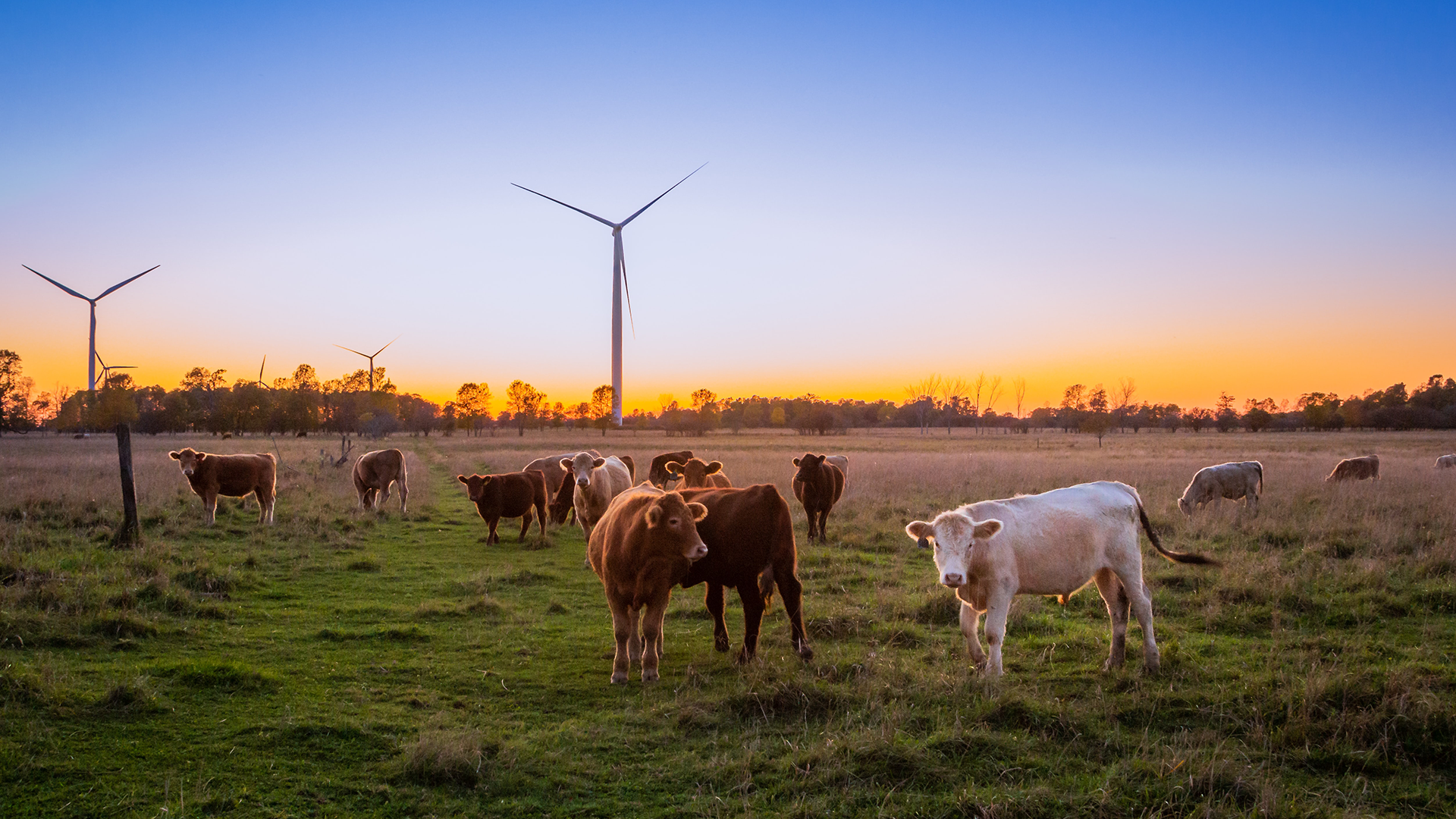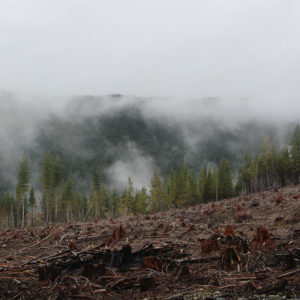New Study Shows Greenhouse Gas Reduction Potential of Natural Climate Solutions
Researchers from 16 universities, environmental groups and government agencies have completed the first comprehensive assessment of the potential greenhouse gas emission reductions of key natural climate solutions in Canada.
Why are fewer greenhouse gas emissions good for the environment?
Greenhouse gas emissions trap heat in the Earth’s atmosphere, without them, the planet would be much colder. However, the mass production and combustion of fossil fuels have increased the atmospheric concentration of greenhouse gas emissions—artificially warming the planet and altering our climate systems in destructive ways (climate change).
If fully implemented, these actions could reduce Canada’s greenhouse gas emissions by as much as 78 Mt a year in 2030. That’s more than 10% of Canada’s total emissions—the equivalent of all emissions from the agricultural sector.

BIGGEST CLIMATE BENEFIT: PROTECTING GRASSLANDS
The report concluded that, between now and 2030, the single most impactful natural climate action Canada can take is to stop the conversion of Prairie grasslands into croplands (about 250,000 hectares of grasslands—almost half the area of PEI or approximately 625,000 football fields—are lost each year). This action alone could reduce Canada’s greenhouse gas emissions by about 13 Mt a year.
In 2019, the average Canadian’s greenhouse gas emission were reported to be 19.4 tonnes.
Other important actions include stopping the disturbance and destruction of carbon-sequestering landscapes like peatlands and both freshwater and coastal wetlands. Together, these actions could reduce emissions by about 15 million Mt per year—a step closer to achieving Canada’s goal to reach net-zero emissions by 2050.
Action to improve crop management in the agricultural sector would also bring significant emission reductions, including planting cover crops (10 Mt/year reduction), harvesting crop residues and converting them to biochar (7 Mt/year), and reducing fertilizer use (6 Mt/year).
What are cover crops? 🌱
Cover crops are crops grown for benefits other than harvesting, such as reducing soil erosion and improving soil quality. But most importantly, cover crops improve biodiversity and carbon sequestration. In fact, they could improve carbon soil storage by 11 to 22% after 9 years.
Finally, the study indicates that better forest management (including protecting 10% of old-growth forests from logging) could reduce greenhouse gas emissions by 8 Mt/year. Interestingly, tree planting, towards which the government has allocated the vast majority of its nature-based climate solution investments to date, provides minimal emission reduction benefit before 2030, although the benefits become significant by 2050.
The authors argue that many of these natural climate solutions are cost-effective: 34% of emission reductions can be achieved at a cost less than $50 a megatonne (the level the federal carbon tax will hit next year).
Critically, many of these actions won’t just reduce greenhouse gas emissions, they will also bring other benefits, such as improved water and air quality, protection of threatened species, and better human health.

NO SUBSTITUTE FOR ENDING FOSSIL FUEL RELIANCE
The authors are clear that investing in these natural climate solutions is not a substitute for shifting away from fossil fuels through regulation and carbon pricing. Both are critical avenues to pursue.
While the authors state that many of these solutions are readily available, implementation will involve significant and widespread changes to the practices of farmers, foresters and others. And they will depend on effective policy and regulation at all levels of government.
MORE WORK NEEDED ON MODELS AND POLICIES
It should be noted there is also significant uncertainty as to the emission reductions that will be achieved by most of the natural climate solutions examined, and the modelling of these reductions rests on a number of simplifying assumptions.
Finally, not all of Canada’s emissions are being captured in our greenhouse gas inventory (for example, most of the emissions resulting from peatland disturbance are not included). Until they are, Canada won’t be fully rewarded for the actions it takes to implement natural climate solutions.
A spokesperson for federal Environment Minister Wilkinson told the Globe and Mail that the government is planning on investing in efforts to better quantify the contribution of natural ecosystems to Canada’s carbon budget and to capture reductions in national emissions reporting.
Despite its limitations, this study is certainly ground-breaking in advancing understanding of the potential for nature-based climate solutions in Canada, and it will certainly add to the growing calls for the adoption of natural solutions to address climate change.
To learn more about how you can implement nature-based climate solutions in your community, check out our new toolkit.



